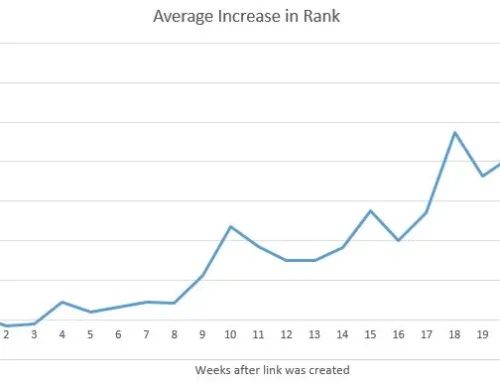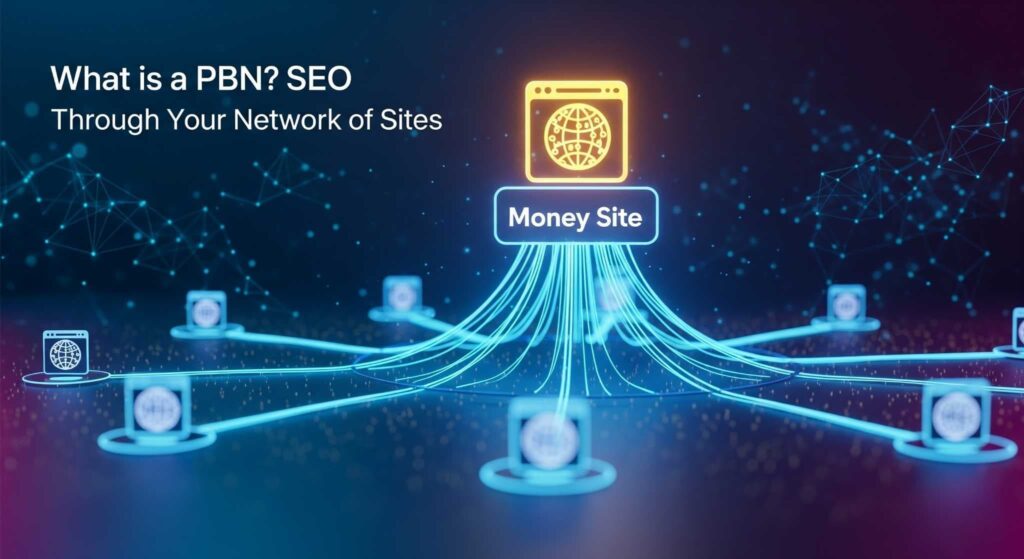 Website promotion is an important marketing channel for businesses. It’s a source of stable and high-quality traffic. Search engines use their algorithms to dictate website promotion terms and update them every quarter.
Website promotion is an important marketing channel for businesses. It’s a source of stable and high-quality traffic. Search engines use their algorithms to dictate website promotion terms and update them every quarter.
In Google, link signals remain a critical ranking factor. However, now they’re evaluated alongside user experience and content quality signals like E-E-A-T. To get quality links for your project, you need to allocate a good budget. You can acquire links, guest posts, and crowd links from various marketplaces and exchanges. The problem is that your competitors do the same thing.
This creates a new challenge: finding unique links that your competitor can’t get, which leads many to ask, what is private blog network (PNB) technology?
It’s a powerful promotional tool. They decide who can get these links and who can’t. However, this power makes PNBs a primary target for Google’s spam-fighting algorithms. Google’s Webmaster Guidelines say that using a private blog network (PNB) is a “link scheme”. The main part of a PBN is buying expired domains that already have authority because they were used for real business. By rebuilding a site on a domain like this, operators hope to send its remaining “link equity” to their target site.
Advantages and disadvantages of PBN
To see the private network benefits and disadvantages, let’s describe the pros and cons point by point.
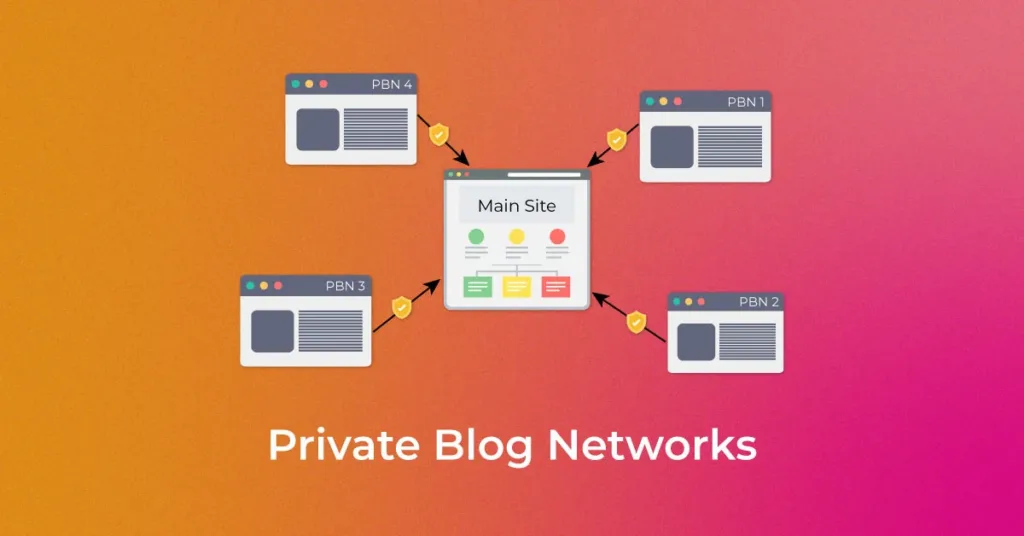
Advantages:
- Full site management. You have complete control over your private blog websites, deciding what content to publish and who receives links.
- Unique links. It’s difficult to describe exactly, but Google likes it when a site has unique links (i.e., those that no one else has) and evaluates it.
- Lower link cost. The cost of a link in such a PBN can be much lower than buying one from other websites. This fact often ignores the immense upfront and maintenance costs of a safe network.
- Multi-site promotion. You can promote many websites with a single network. A PBN supports 2–100 sites.
- Link exchange opportunities. You can use your network to exchange links with partners or other websites in your niche.
In summary, one of the key private network benefits is the ability to save budget and promote sites more effectively than standard link building.
Cons
But it also has some disadvantages:
- Costs for maintaining and creating networks. This includes buying high-quality expired domains, using premium hosting providers, and commissioning high-quality content for every site.
- Management of networks. You must check link integrity and ensure site availability, etc.
- Domain and hosting management. This requires skills to avoid creating detectable patterns.
- Risk of Google penalties. Google’s algorithms, such as the Helpful Content System and Spam Updates, now identify and de-index entire PBNs.
- Advanced site-building skills and maintenance of sites. Google’s AI detects large-scale patterns in hosting, content structure, and outbound link profiles that are invisible to the human eye.
Key indicators of private blog network performance
To get the most out of your PBN investment, you need to understand what to track, what to improve and develop, and what to leave unchanged or abandon all together. Although SEO specialists use third-party metrics, remember that Google’s scoring is more advanced and focuses on real quality factors.
The main factor that shows the link’s effectiveness is indexing. Both the website and the specific page containing the link must be in Google’s index.
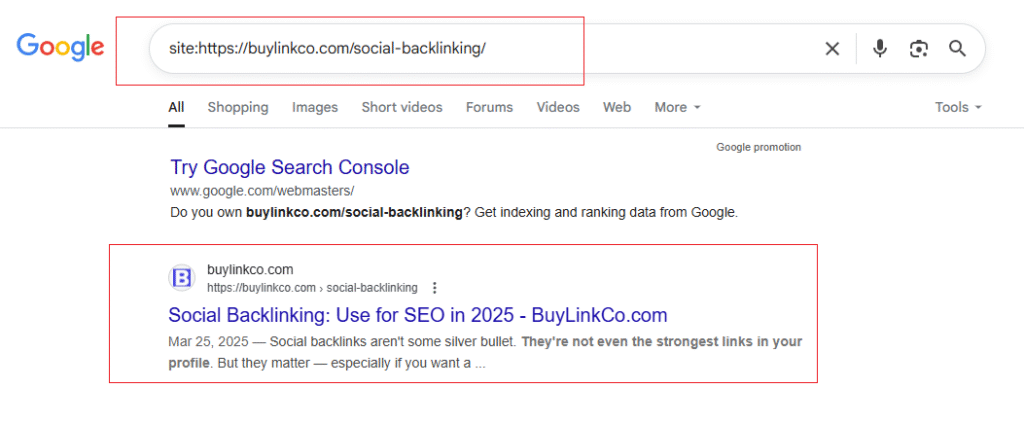
Experts highlight the following factors that influence the effectiveness of placed links:
- site traffic from search,
- traffic to the donor page from search,
- site traffic from other sources,
- traffic to the donor page from other sources,
- the number of clicks on the posted link,
- DR (Domain Rating) from Ahrefs,
- UR (URL Rating) from Ahrefs,
- the number of keywords in the top 100 (KW by Ahrefs/Serpstat/Semrush),
- the number of referring domains (Ahrefs/Serpstat/Semrush indicator),
- the number of backlinks (Ahrefs/Serpstat/Semrush indicator),
- DA (Domain Authority) and PA (Page Authority) from Moz,
- TF (Trust Flow) and CF (Citation Flow) from Majestic.
Remember, these are third-party metrics that only serve as quick proxies. People can manipulate these numbers, and Google doesn’t use them directly. You should always consider them secondary to real traffic. Our clients and SEO specialists often use this list to find a site to buy links and build a PBN. It’s also important to note that many PBN operators block third-party crawlers, which can make it impossible for competitors to detect or analyze their backlink profiles using standard tools.
The core checklist for site selection
Many skilled professionals often focus on the main list of questions for practical assessment:
- indexation,
- thematicity of the site (desirable),
- thematicity of the donor page (mandatory),
- quality and stability of the donor site’s own links,
- DR as a quick check,
- indexation of the placed links.
A critical development impacting site selection is Google’s March 2024 core update, which introduced a new spam policy targeting “expired domain abuse”. It defines the act of purchasing expired domains and repurposing them with low-quality content primarily to manipulate search rankings as spam. This update makes the vetting process more important than ever. It renders the low-effort approach of putting up a simple site on an expired domain a clear and defined policy violation.
Next, you should consider analyzing the effectiveness of promotion by links. From experience, results typically appear within 14 to 180 days. This process may occur in several stages.
Methods for safe network management
How can you manage a network without Google catching you? Algorithms detect networks indiscriminately. This puts any network at risk, regardless of its size. What you can do to avoid it:
- Do not use the same tracking ID or container (Google Tag Manager) on all sites.
- Never add all your private blog websites to a single Google Search Console account.
- Don’t use the same images, especially if they contain repeating metadata.
- Avoid using the same text, themes, etc.
- Avoid placing the same outbound link in the same location (e.g., the footer) on every site.
- Create unique author personas for each site.
In short, you can’t use any object on all sites, so that Google or your competitors can determine that these are sites of the same owner. However, remember that Google’s detection also analyzes patterns in content generation and outbound link behavior.
Placing effective links from your PBN
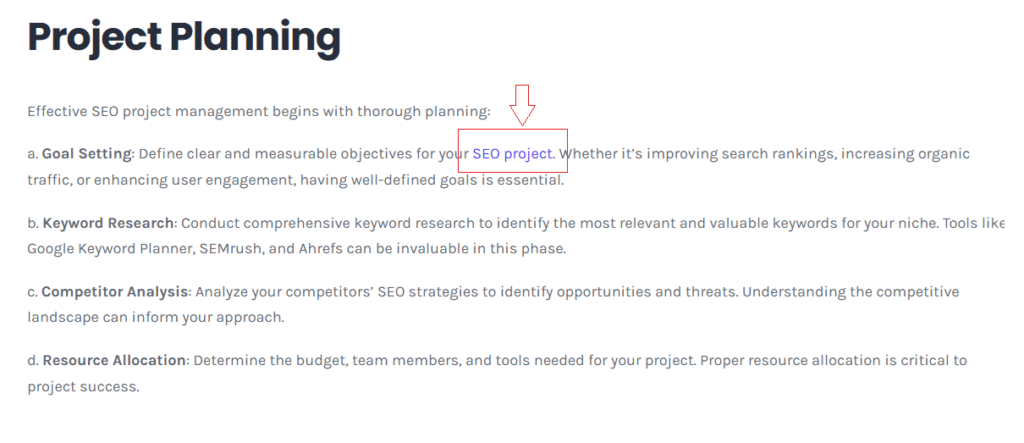
How should you place links from your PBN sites to make them effective? We propose the following algorithm:
- Check the website indicators you believe are important. Well, or trust us and use our list.
- Plan a schedule for link placement as part of a wider link-building strategy.
- Many strategists recommend using branded anchors for less than 5% of your links to avoid detection by competitors. However, using a variety of anchor text types is crucial for a natural profile. Note that if it’s a branded anchor, there is a probability of detection by competitors of your sites (if they search). And they’ll be able to understand that this is a PBN network.
- Having other outbound links to authoritative sites is crucial to make a PBN site appear natural and avoid being part of a “bad neighborhood”.
The rise of AI content generators has made it easier to populate PBN sites with unique text, but this introduces a new potential footprint. Over-reliance on AI can lead to repetitive phrasing and a generic tone that could be detected at scale, so content must still be managed to appear authentic and valuable to a human reader.
Anchor text and timing
Few words can be said about timing. Acceptable for the smallest site, with a zero link weight as one link from the PBN in 5–10 days. We don’t recommend a faster pace.
Anchor text should be balanced to match a natural backlink profile and avoid detection. Heavy reliance on keyword-rich anchor texts with “exact matches” is a clear sign of deception. A natural profile should contain a mix of branded anchor texts (e.g., “Your brand name”), naked URLs (e.g., “www.yoursite.com”), generic anchor texts (e.g., “click here”), and anchor texts with partial matches or long tails.
Link location
Where should you place a link? You have several options. Should it be an article link or one from the main page? Article links should have the most general nature in link promotion. You can still divide the link from the main page into several types. You can place a link in a menu or a secondary menu, or use a banner or a picture of a partner brand with a fictional firm or site (offline). You should also take link variations and ratios from your linking strategy.
Neighborhood links and link tops
Having other outbound links from your site is a natural sign of a regular site (especially non-CIS). Therefore, it is important to have links to:
- Wikipedia,
- mass media — to a themed page or event,
- a direct competitor who is not in your sales region,
- top-ranking, near-thematic sites.
The existence of such sites will conceal the true purpose of creating such a site and will not allow anyone to say with 100% certainty that you are the owner who created it to promote your main site. Here are a few examples.
For a casino niche
- A casino in another country with similar games.
- A casino rating or review site.
- A media site highlighting casino construction on the page.
- A media site that highlights the tournament.
- A media site highlighting the legality of this activity.
- An online store website with products for casino games, cards, poker sets (e.g., Amazon, eBay, or any auction).
- A social media site on the subject.
- A link to a charity foundation.
- A link to a math school or university that has done a study on the probability of winning at a casino.
For a niche cottage construction
- The official website of the country’s construction ministry.
- A site with GOSTs.
- A site with reviews on construction.
- An e-store for building materials.
- A website page about the increase in the cost of utilities.
- A site page about road construction.
- A link to the aggregator for the home or construction equipment category.
Controlling link indexing
Each link you place must work to promote your site. Let’s describe the main parameters of control to achieve this result:
- Placement indexing. Google must know and keep in its cache that the link from this page leads to your site. Then, a stable reference weight, which grows over time.
- Overall site health. They should remain normal — no drop in indexation, donor domains don’t fall off, backlinks don’t fall off, bad links don’t grow, and the availability of the site doesn’t decrease.
We recommend you regularly audit the link mass of the site. This applies not only to PBN links, but also to all in general, including those purchased for SEO promotion.
What to do when a page loses indexing
Checklist:
- Check the stability of the site.
- Check the index as a whole site, there is no hacking or something “Chinese”.
- Check the speed of the site and analyze the state of the site as a whole using a crawling program.
- Check the content’s uniqueness on the page that contains your link.
If this work doesn’t answer what you need to fix to get the page back in the index, use external tools to work on the current page.
Developing and maintaining your PBN
By developing your sites on the web, you increase the value of the stable links across all projects that use your grid. This long-term investment allows you to rank or maintain top positions. Developing and maintaining your PBN private blog network involves both internal (on-site) and external (off-site) work.
Internal site development
Technical maintenance:
- Update to new PHP versions.
- Update the core CMS (e.g., WordPress).
- Updating plugins.
- Updating the theme of the site (if it doesn’t harm and doesn’t throw off your work).
Content development:
- Update content and titles throughout the year to stay current.
- Add new, unique articles and other topical materials. Google gives more weight to sites it sees as actively developing.
External site development (link building)
Growth of quality links to the main page and to your article placements on this PBN. Often, this method is used if the page jumps on indexation and you need to increase its priority in the eyes of the search engine.
Backup option. If the link reinforcement doesn’t work as well as the index isn’t coming back, but the site itself is stably in the index, we recommend expanding the content on the page.
- Develop a brief semantic core for the page.
- Create comprehensive content that targets this group of keywords.
- Publish the new content and submit the updated page to Google for indexing.
- Measure the results.
This is the best solution to this problem. Google often considers substantial, professional content the best solution, even if it has fewer links than top-ranking competitors. Even if it has fewer links than the competition. Google likes complete answers to user queries.
How do you know if you need a PBN?
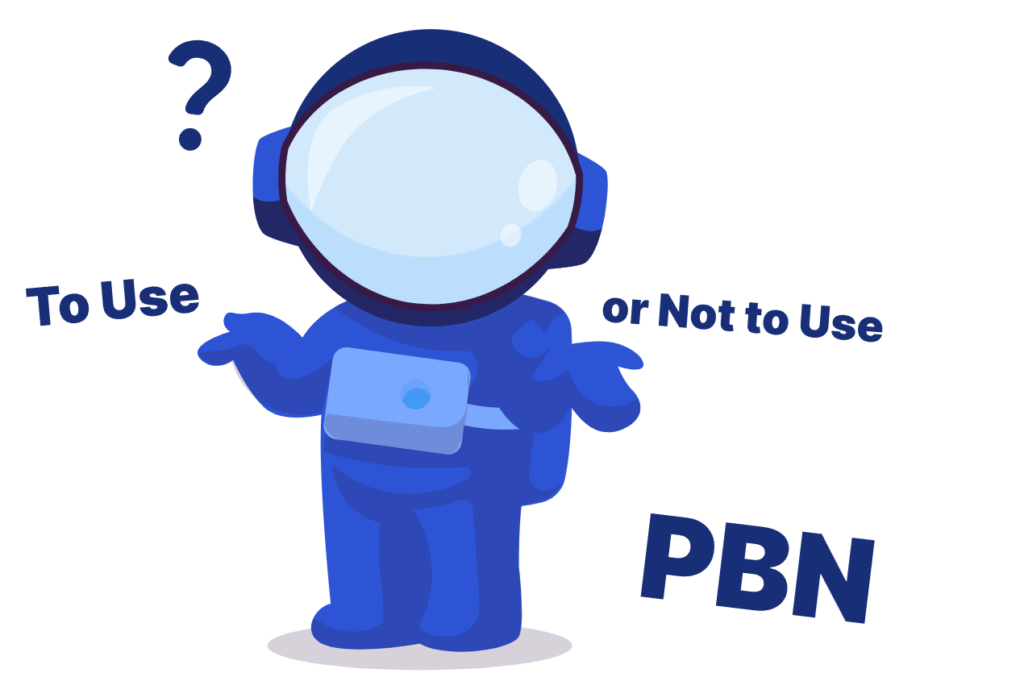
Creating a network is quite costly and is often an unaffordable step in efficiently using funds. We’ve developed a checklist for when you definitely need a PBN:
- Your niche is highly competitive, and all available links are already bought out.
- Link building in your niche is extremely expensive, with individual links costing $200 or more.
- You have more than three sites to promote, and they aren’t affiliates.
- You have some near-thematic sites, which should also be promoted (e.g., an HVAC store, an installation service, and an insulation service).
- You’re planning to exchange links with future partners or create more than three sites in this niche.
- You have a number of clients for SEO promotion and you need to get links quickly and of high quality.
- From buying 30-100 article links, the project doesn’t grow.
- The project froze at the top 10 and didn’t grow in the top 3. Any links give no result.
- Budgets for external promotion of the resource are more than 3000$ per month. And you need a maximum working and fast growth tool for the site.
How to order a network from Buylinkco
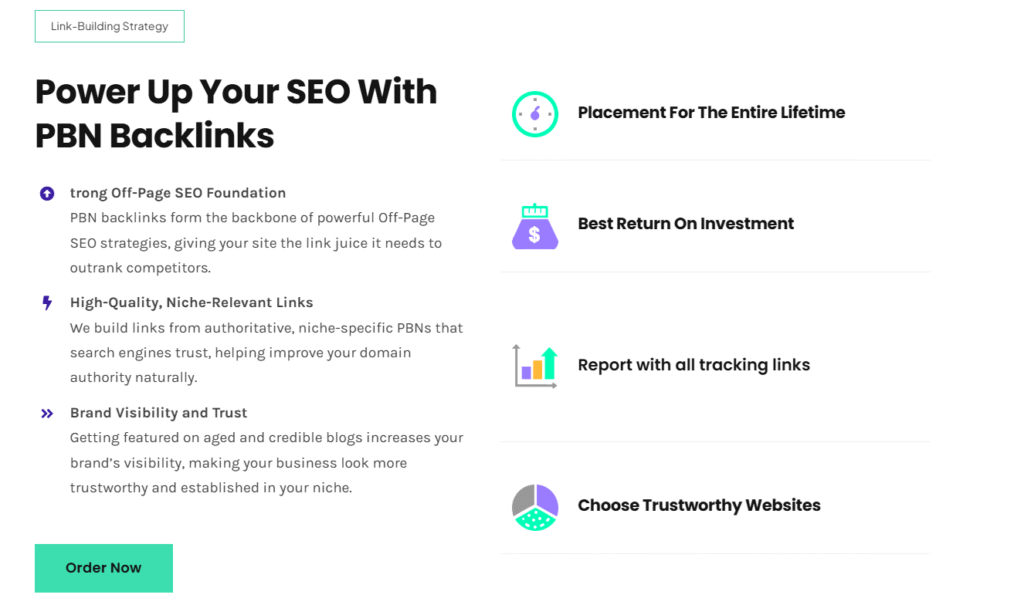
If you need advice on estimating or tips on how to form an order for our private blog network service, you can contact our support in the chat (on the right) or leave a request on the page — https://buylinkco.com/order/.
- After communication, we make the technical task (TT) for the development of the PBN.
- We specify all the parameters, details and deadlines of the project.
- You pay the order and we get to work.
- We deliver the project on time. Provide all data for verification.
- The client checks all sites, according to the TT.
- We close the order.
- We provide consultancy to work with the PBN network.
This is your opportunity to build a lasting competitive advantage. Let’s discuss your project today.
Frequently asked questions
What is a Private Blog Network (PBN)?
A Private Blog Network (PBN) is a collection of websites created with the sole purpose of building backlinks to a target website to manipulate its search engine rankings. PBNs are often built on expired domains that have existing authority, which operators use to pass “link equity” to their main site.
Are PBNs still effective in 2025?
Yes. PBNs can still provide short-term ranking boosts, particularly in less competitive niches, but only if they are built with extreme care to avoid detection.
Where can I get a PBN?
You have two main ways to do this. The first is to network yourself. This requires significant technical knowledge, time, and a budget for purchasing domains, hosting, and creating content. The second way is to order a private blog network service from professionals. If you are considering this option, our team at Buylinkco can develop a customized network for you according to your goals and budget.


